Growing up in a Southern household meant catfish was a staple in my diet.If you’re from the South, you’ll know exactly what I mean! I love this blackened catfish recipe that gives you some bomb flavor without frying like we are used to. I just coat the fish in butter and blackened seasoning or cajun seasoning before pan searing until it’s charred and flaky. Get at it.
This post may contain affiliate links. Read our disclosure policy.
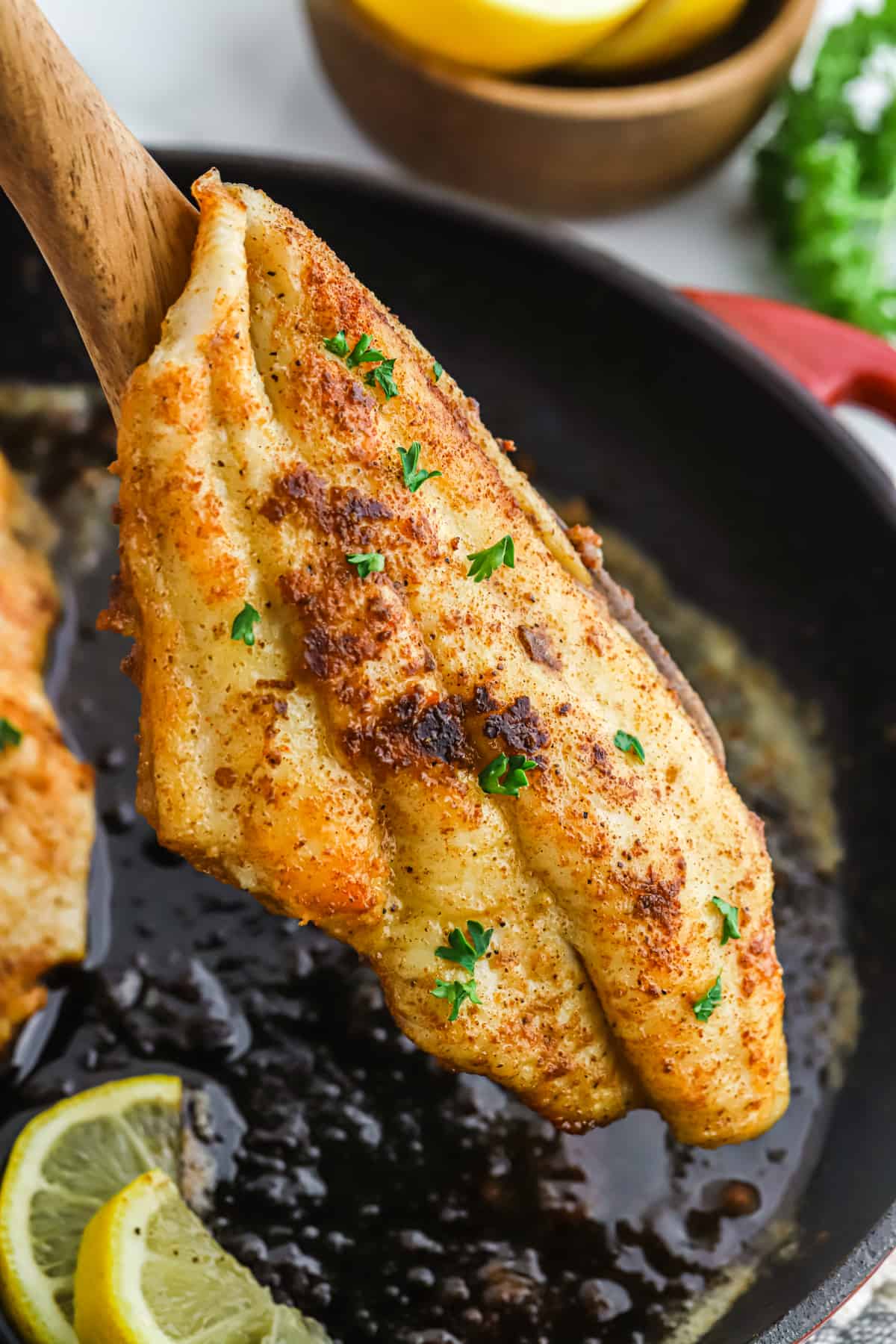
How to make blackened catfish
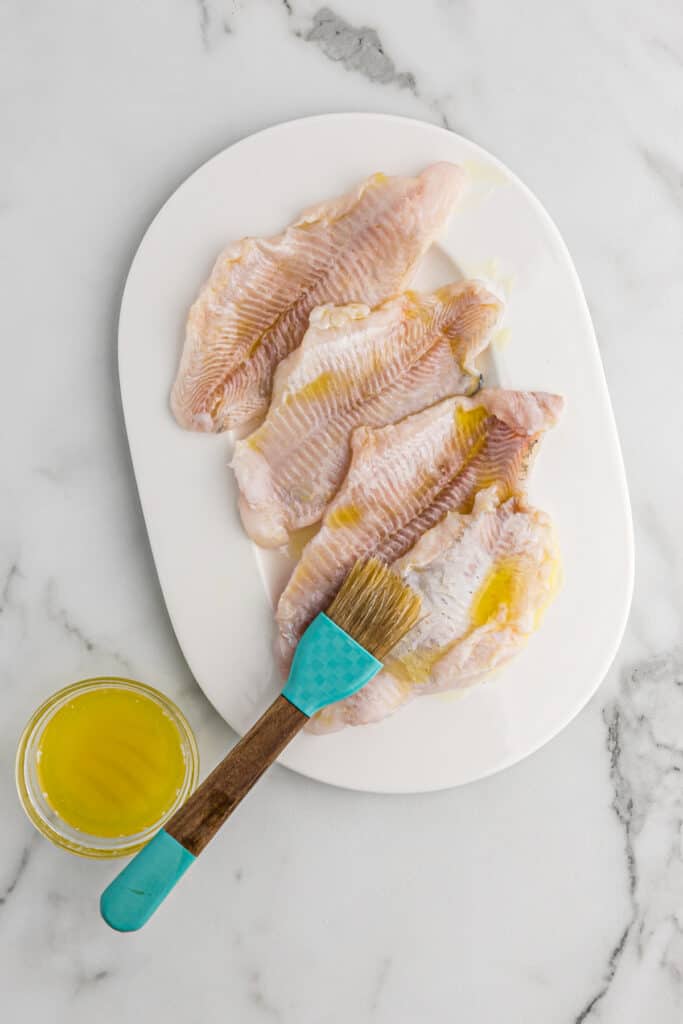
Step 1: Prep catfish filets by patting it dry first with a paper towel.
Mix together olive oil and melted butter then using a brush, brush on catfish filets.

Step 2: Then coat with cajun or blackened seasoning on both sides. Allow the fish to sit for 3-5 minutes.
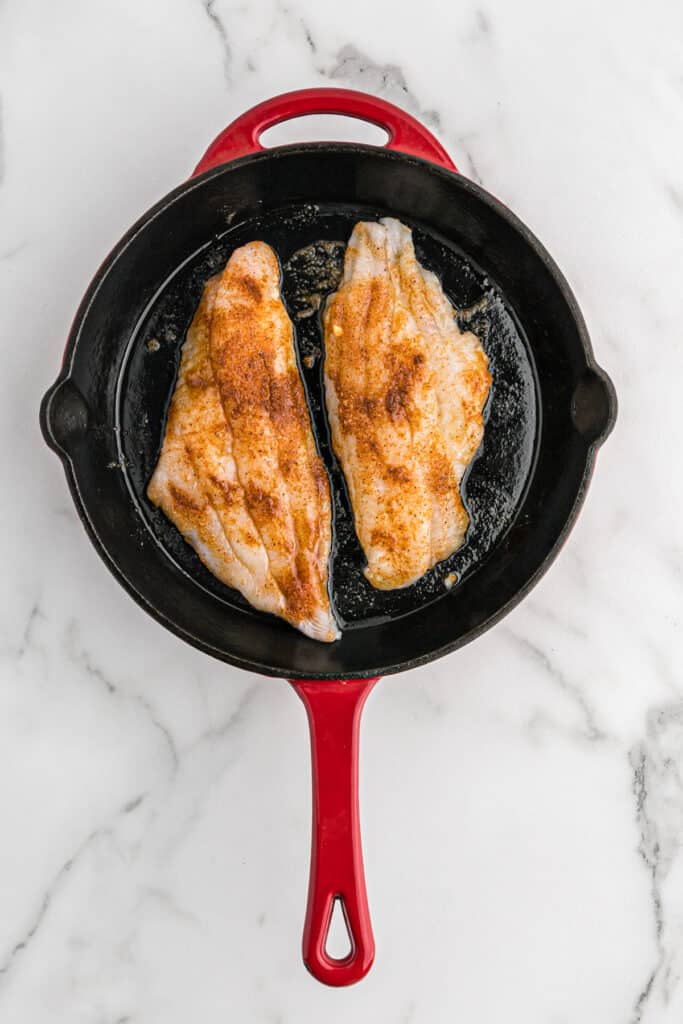
Step 3: Preheat a cast iron or heavy skillet with 1 tablespoon of olive oil.
Once the skillet is very hot, add seasoned filets. As soon as it starts to sear, bring the heat to a low to medium heat.

Step 4: After approximately 3-4 minutes, carefully flip the catfish over. Cook on the other side until the fish filets are opaque and perfectly flaky. Serve with additional lemon wedges and squeeze on top.
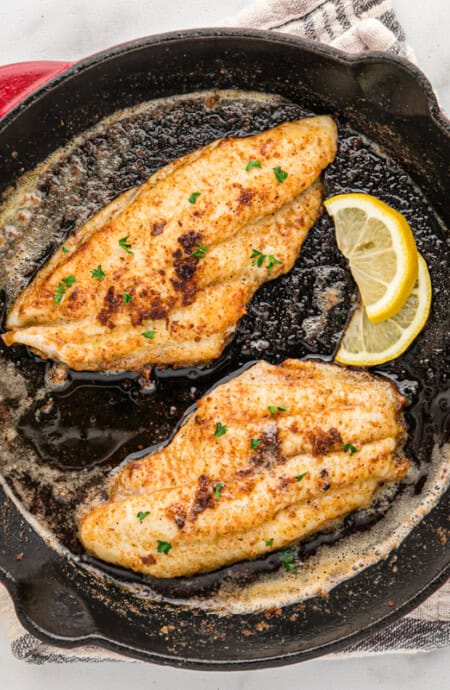
Blackened Catfish Recipe
Want to Save This Recipe, Boo?
Ingredients
- Cajun Seasoning to taste make my blend or pick some up at the store
- 1/4 cup extra virgin olive oil
- 2 tablespoons salted butter melted
- 4 fresh catfish filets
- 1 medium lemon
Instructions
- Prep catfish filets by patting it dry first with a paper towel.
- Mix together olive oil and melted butter then using a brush, brush on catfish filets then coat with cajun seasoning.
- Allow the fish to sit for 3-5 minutes.
- Preheat a cast iron or heavy skillet with 1 tablespoon of olive oil.
- Once the skillet is very hot, add seasoned filets. As soon as it starts to sear, bring the heat to a low to medium heat.
- After approximately 3-4 minutes, carefully flip the catfish over. Cook on the other side until the fish filets are opaque and perfectly flaky.
- Serve with additional lemon wedges and squeeze on top.
Notes
What to do with leftovers
- Fridge: Keep leftovers refrigerated for up to 2-3 days. It’s best to store them in an airtight container.
- Freezer: Once cooked, you can refreeze catfish safely. Make sure it’s completely cooled, then transfer it to a freezer-safe container or bag. Store it for up to 1 month in the freezer. Just note, the texture will change slightly once thawed.
Reheating
If frozen, let it thaw in the fridge overnight. Once thawed, heat it on the stovetop over medium-low until the catfish is just hot enough. You need to be careful not to dry out the catfish when rewarming it.Nutrition
Recipe Tips
- Hot pan: Give the skillet time to preheat so the catfish hits it when it’s scorching hot. That gives that delish crust.
- Use oil: Since butter has a very low smoke point, I recommend adding olive oil to the mix. It makes it easier to prevent burning.
- Don’t move the fish: When you first add the fish to the pan, don’t try to move it around. You want it to form a crust on the bottom by leaving it for a few minutes.
- Watch the fish: If your catfish appears to be browning too quickly, turn the temperature of the burner down. If it’s not turning brown and crispy, turn up the heat and add a little more oil and butter.
Want to Save This Recipe, Boo?
Serving suggestions
- Southern Black Eyed Peas
- Okra and Tomatoes
- Honey Glazed Carrots
- Cheese Grits
- Brown Butter Honey Cornbread
- Dirty Rice
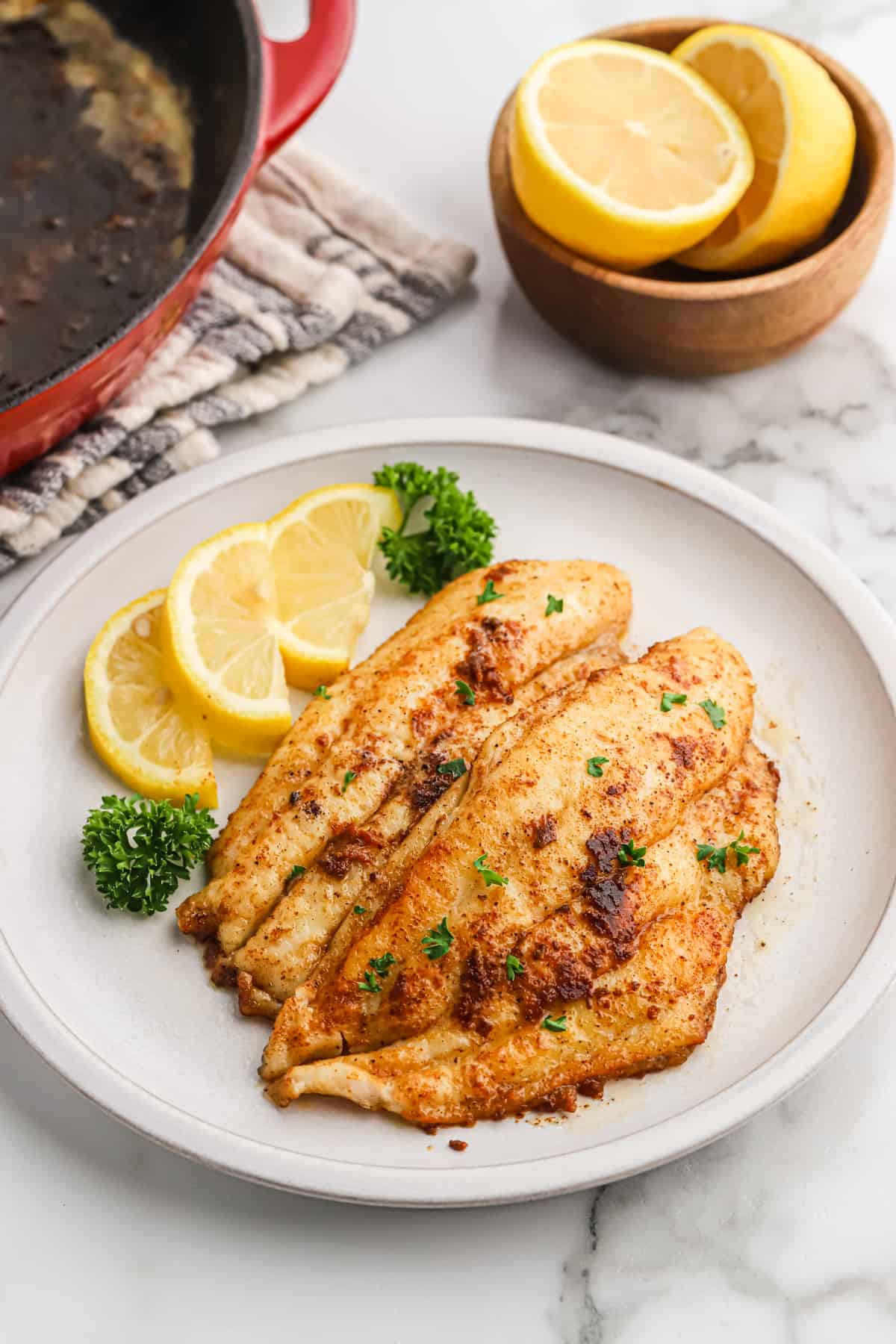
Recipe Help
Fish is considered done when it reaches 145 degrees F with a thermometer. The other way is by observing a flaky texture and a change in color from translucent to opaque.
Yep, the best method is to use a heavy-bottomed pan, add plenty of oil, and heat it over high.
This is SO delicious and easy to prepare. Made it twice now. Adding to my regular rotation,
Thanks you, Linda!!
Perfect as blackened catfish tacos. Served with broccoli slaw, guacamole, and red onion on flour tortilla (warmed or room temp).
Thanks, boo! That sounds yummy!
This was everything a gourmet meal should be, and then some! Turned out perfectly tender, juicy and bold; easily, a new favorite dish!
Catfish looks delicious. A simple main dish to go with potatoes and a salad.
The Cajun spices in this recipe make it taste amazing!! Love how healthy it is too!
This blackened catfish was so flavorful!
WHat a delicious and flavorful recipe to try! Your pictures are gorgeous. Thanks for sharing.